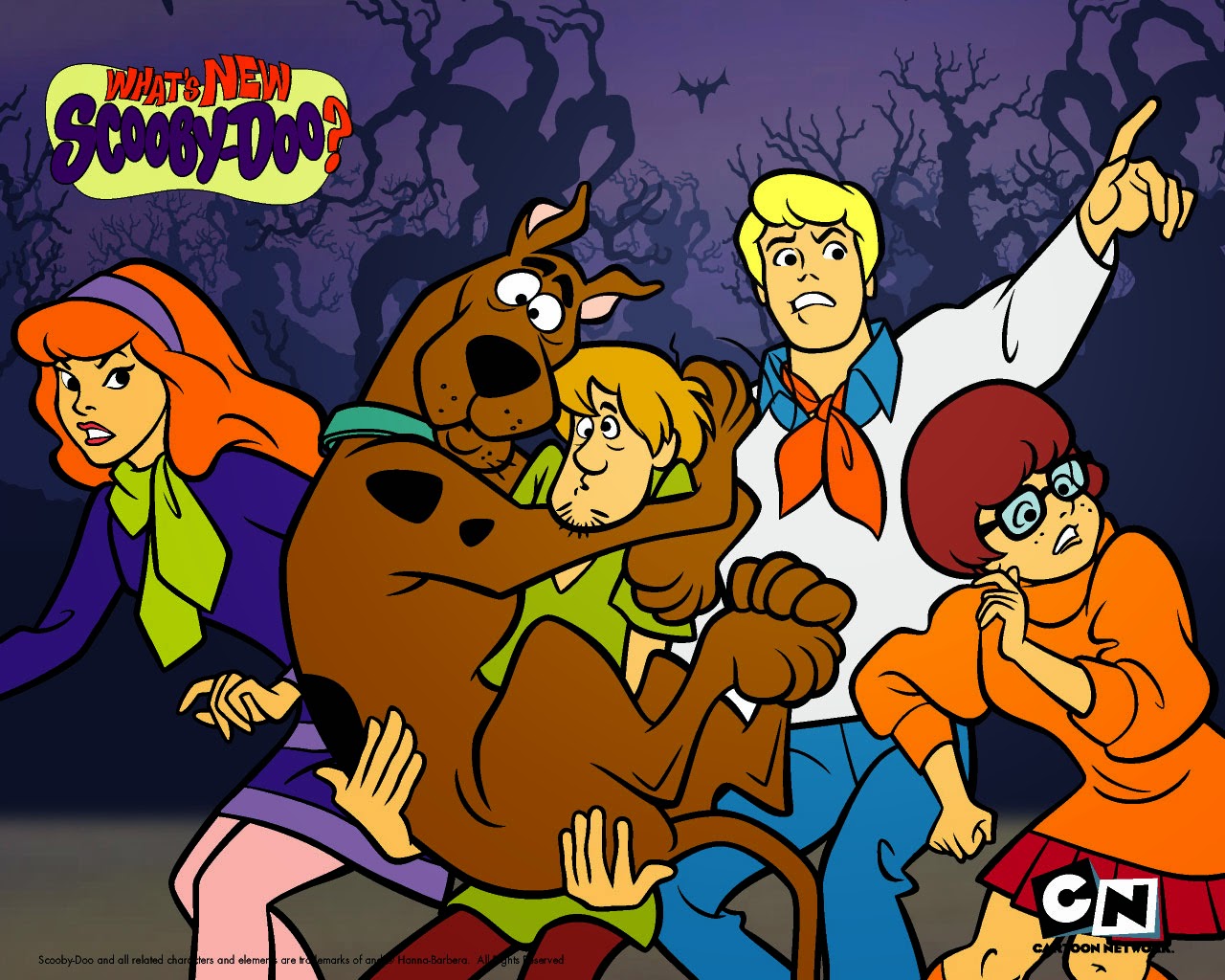The Japanese Scooby-Doo Show has captivated audiences with its unique blend of mystery, comedy, and cultural nuances that resonate deeply with fans of the original series. This adaptation not only retains the essence of the beloved characters but also introduces a fresh perspective that intrigues both new viewers and long-time fans alike. In this article, we will delve into the fascinating elements of the Japanese Scooby-Doo Show, examining its characters, storylines, and cultural significance.
The original Scooby-Doo series debuted in 1969 and quickly became a staple of children’s television. The show's premise revolves around a group of teenagers and their talking Great Dane, Scooby-Doo, who solve mysteries involving supposedly supernatural creatures. The allure of the show lies in its combination of humor and suspense, a formula that has been successfully replicated in various adaptations around the world, including Japan. In this thorough exploration, we will uncover how the Japanese adaptation has put its unique spin on the classic franchise.
By the end of this article, you will gain a comprehensive understanding of the Japanese Scooby-Doo Show, its impact on pop culture, and why it remains a significant part of the franchise's enduring legacy. So, let’s dive into the world of mystery and intrigue that the Japanese Scooby-Doo Show has to offer!
Table of Contents
- Biography of the Japanese Scooby-Doo Show
- Main Characters
- Storylines and Themes
- Cultural Significance
- Comparison with the Original Series
- Fan Reception and Impact
- Merchandising and Spin-offs
- Conclusion
Biography of the Japanese Scooby-Doo Show
The Japanese version of Scooby-Doo, known as "Scooby-Doo! Mystery Incorporated," debuted in the early 2000s and quickly found its niche within the anime community. This adaptation retains the core elements of the original series while infusing it with distinctive cultural references and artistic styles prevalent in Japanese animation.
| Detail | Description |
|---|---|
| Title | Scooby-Doo! Mystery Incorporated |
| Release Year | 2001 |
| Genre | Mystery, Comedy, Adventure |
| Original Creator | Joe Ruby, Ken Spears |
| Adaptation Studio | Toei Animation |
Main Characters
One of the highlights of the Japanese Scooby-Doo Show is its character development. The main cast remains true to their original counterparts while also showcasing unique traits that resonate with Japanese culture. Here are the primary characters:
- Scooby-Doo: The lovable, food-obsessed Great Dane who provides comic relief and heartwarming moments.
- Shaggy Rogers: Scooby’s best friend, known for his insatiable appetite and cowardice, but ultimately brave when it matters.
- Fred Jones: The leader of the group, often seen strategizing to catch the villains.
- Daphne Blake: The fashion-forward member who often finds herself in peril but always manages to escape with style.
- Velma Dinkley: The brains of the operation, known for her intelligence and resourcefulness.
Supporting Characters
In addition to the main cast, the Japanese adaptation introduces several supporting characters that enhance the storylines:
- Various Ghosts and Monsters: Each episode features different supernatural entities that the team must investigate.
- Local Authorities: Often depicted as skeptical of the gang’s abilities, adding an extra layer of tension.
Storylines and Themes
The Japanese Scooby-Doo Show follows the classic format of solving mysteries; however, it incorporates unique Japanese folklore and urban legends, making each episode a delightful blend of familiar and novel experiences. The storylines often involve:
- Mysterious disappearances linked to traditional Japanese spirits.
- Investigations set in iconic Japanese locations such as temples and shrines.
- Explorations of themes such as friendship, bravery, and the importance of teamwork.
Cultural Significance
This adaptation holds significant cultural relevance, as it introduces Western characters into Japanese settings, allowing for a cross-cultural exchange that broadens the appeal of the Scooby-Doo franchise. It also serves to educate younger audiences about both Western and Japanese folklore, making it an educational tool as well as a source of entertainment.
Comparison with the Original Series
While the essence of the original Scooby-Doo series remains intact, the Japanese version differentiates itself through animation style, pacing, and humor. Some notable differences include:
- Animation Style: The vibrant colors and fluid animation characteristic of anime bring a fresh visual appeal.
- Pacing: The Japanese adaptation often has a faster pace, with more action sequences to keep viewers engaged.
- Humor: The humor is tailored to resonate with Japanese audiences, incorporating cultural references that may not be present in the original.
Fan Reception and Impact
The Japanese Scooby-Doo Show has garnered a loyal fan base, both domestically and internationally. Fans appreciate the cultural nuances and the way the adaptation pays homage to the original while also innovating the storyline. Social media platforms have seen a rise in discussions surrounding favorite episodes, character developments, and cultural references, highlighting the show’s impact.
Merchandising and Spin-offs
Merchandising plays a crucial role in the success of the franchise. The Japanese adaptation has inspired a range of products, including:
- Figures and plush toys of the main characters.
- Apparel featuring iconic quotes and images from the show.
- Video games and mobile apps that allow fans to engage with the mysteries in an interactive format.
Conclusion
In conclusion, the Japanese Scooby-Doo Show is a remarkable adaptation that has successfully blended Western storytelling with Japanese cultural elements. Its captivating characters, engaging storylines, and cultural significance make it a noteworthy addition to the Scooby-Doo franchise. As fans continue to enjoy the adventures of Scooby and the gang, it is evident that this adaptation has carved out a unique space in the hearts of viewers around the world. We encourage you to share your thoughts on this adaptation in the comments below and explore more articles related to your favorite shows!
Thank you for reading, and we hope you will return for more exciting insights into the world of animation and pop culture!


